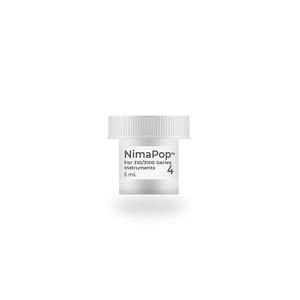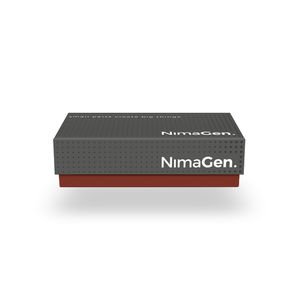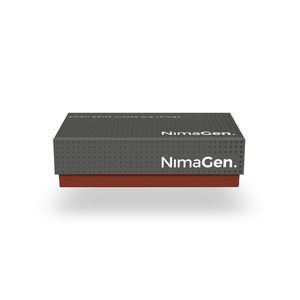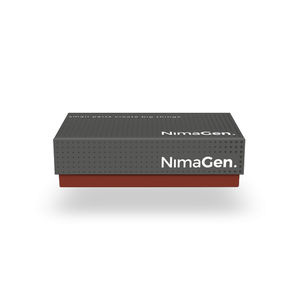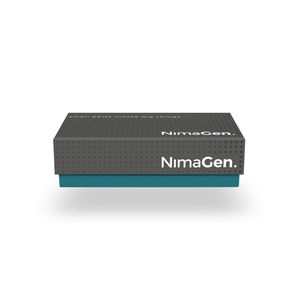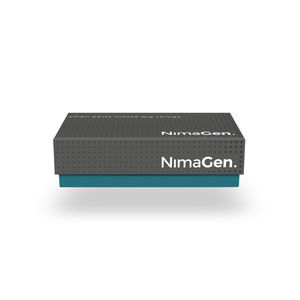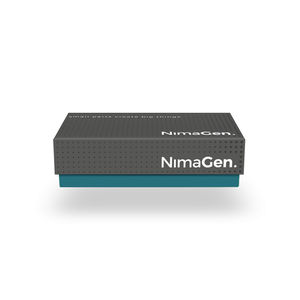
Buffer solution reagent DNA polymerasefor DNA analysisNGS
Add to favorites
Compare this product
Characteristics
- Type
- buffer solution, DNA polymerase
- Applications
- for DNA analysis, NGS, for DNA sequencing
- Tested parameter
- genetic
Description
Sanger sequencing is a method of DNA sequencing, based on the selective incorporation of chain-terminating dideoxynucleotides by DNA polymerase during in vitro DNA replication, developed by Frederick Sanger and colleagues in 1977. Since the introduction of massive parallel sequencing (NGS), the Sanger method remains in wide use, for smaller-scale projects, validation of NGS results and for obtaining especially long contiguous DNA sequence reads.
Fluorescent DNA fragment analysis is one of the most useful methods in molecular biology. The method measures the relative size of DNA fragments with a very high resolution and reproducibility, by capillary electrophoresis (CE) of fluorescent labelled DNA fragments on an automated DNA CE Genetic Analyzer, using internal fluorescent size standards.
Catalogs
No catalogs are available for this product.
See all of NimaGen B.V.‘s catalogsRelated Searches
- Assay kit
- Solution reagent kit
- Molecular biology reagent kit
- Infectious disease detection kit
- Laboratory reagent kit
- Enzyme reagent kit
- Molecular test kit
- Respiratory infection test kit
- Clinical assay kit
- Reagent medium reagent kit
- Dye reagent
- Buffer solution reagent kit
- COVID-19 detection kit
- Quality control reagent kit
- PCR reagent kit
- Cell assay kit
- Genetic test kit
- Nucleic acid reagent kit
- Magnetic bead-based reagent kit
- PCR assay kit
*Prices are pre-tax. They exclude delivery charges and customs duties and do not include additional charges for installation or activation options. Prices are indicative only and may vary by country, with changes to the cost of raw materials and exchange rates.



